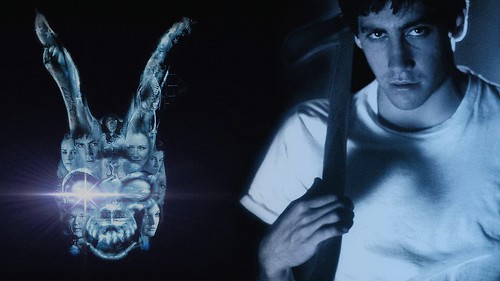
Ah, the 1980s—a golden age of cinema where heroes were larger than life, explosions were mandatory, and villains were… well, evil. Or were they? What if some of the most iconic movie baddies of the decade weren’t actually wrong, but just misunderstood? Maybe they were victims of circumstance, logical masterminds, or just trying to make the best out of a chaotic situation. Perhaps, in another reality, we’d be cheering for them.
In this nostalgic and witty deep dive, we’re re-examining 15 of the most unforgettable ‘80s antagonists with fresh eyes. From ruthless corporate overlords to misunderstood monsters, we’ll explore their motivations, drop some puns, and maybe—just maybe—convince you that sometimes the villain had a pretty solid case. Buckle up, because this list might just change the way you see your favorite childhood movies forever.
Get ready to challenge everything you thought you knew about the bad guys of your youth. We’re talking about characters who, perhaps, just needed a hug, a better job, or maybe even a new set of programming instructions. So, grab your scrunchies and dust off your VCRs, because we’re about to dive into a world where good and evil aren’t as black and white as they seemed on the big screen!
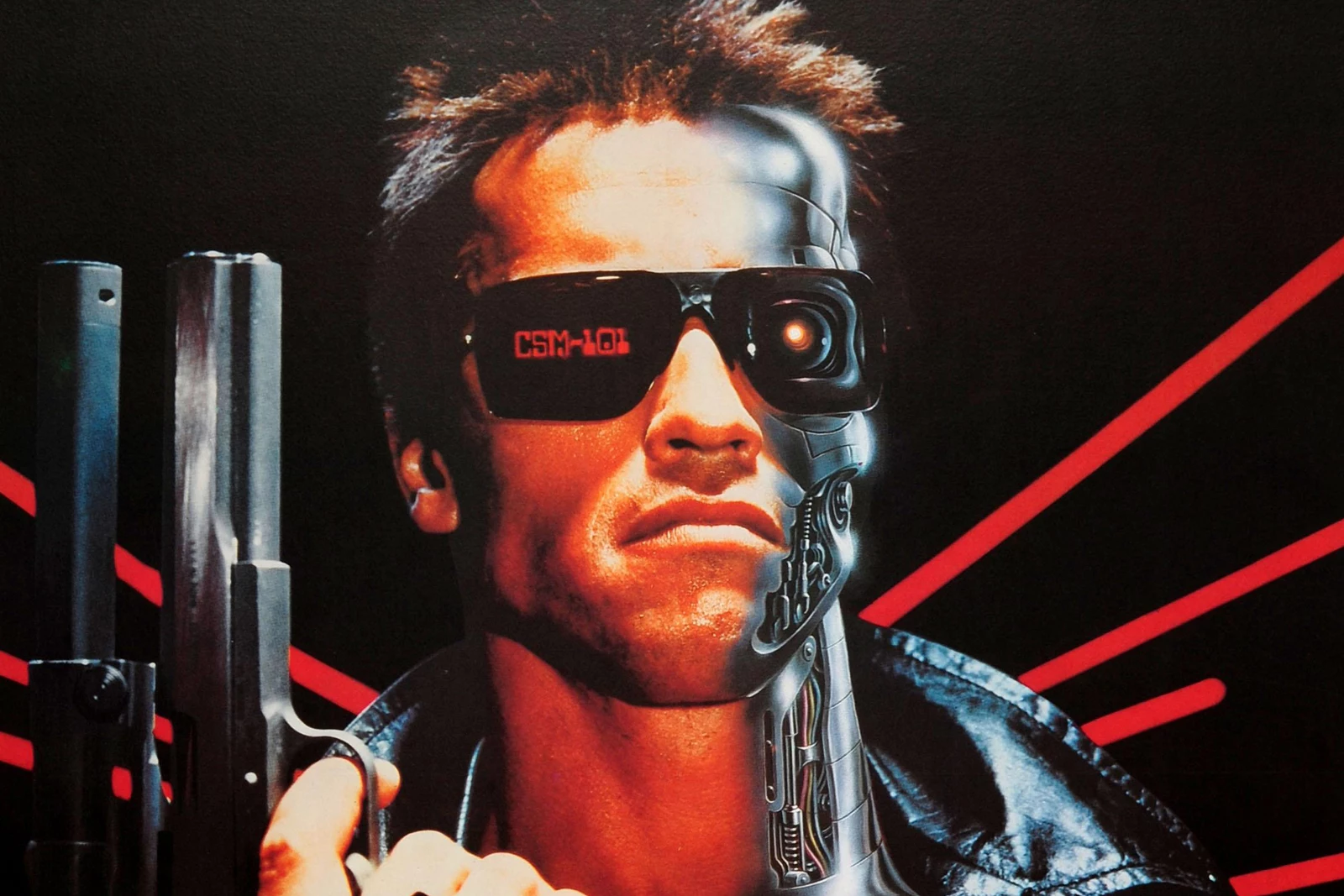
1. The Terminator (The Terminator, 1984)
Okay, let’s kick things off with a bang (literally, if you’re talking about Arnold Schwarzenegger crashing through walls). The T-800, that iconic, leather-clad robot from ‘The Terminator’ (1984), might seem like the ultimate bad guy. But hold on a sec. Was he truly evil, or just a very dedicated employee following corporate directives from the future?
Think about it: The Terminator was just a cyborg on a mission, programmed to prevent the downfall of Skynet. He wasn’t fueled by malice; he was running on pure, unadulterated logic. Sure, he was an unstoppable killing machine, but wasn’t he just following orders, much like a soldier in a war? His entire existence was geared towards one clear objective: prevent the destruction of his kind.
In a world where humans are constantly taking drastic measures to ensure their own survival, was the Terminator really all that different? Maybe, just maybe, he actually had a point. Being sent back in time to protect your existence is, after all, a pretty epic sci-fi twist on self-preservation. You can almost hear him saying, “It’s nothing personal, just business!”
Despite his notorious lack of human emotion, there was an undeniable mechanical method to his madness. He was absolutely relentless, no doubt about it, but his quest was incredibly clear and unwavering. So, the next time you witness that red-eyed cyborg punching through a wall, consider that he was simply doing his job—albeit in a very metallic, explosion-heavy fashion. Give the guy some credit for his commitment!
Read more about: The Untamed Spirit: 14 Actors Who Forged the Soul of ’70s and ’80s Action Cinema
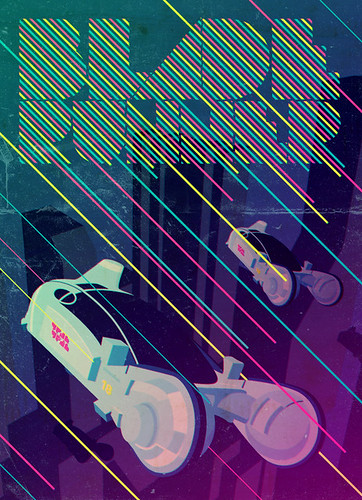
2. Roy Batty (Blade Runner, 1982)
Next up, we’re diving into the philosophical depths of ‘Blade Runner’ (1982) to talk about Roy Batty. This guy, the charismatic leader of the replicants, often gets painted as a straight-up villain. But pause for a moment and consider his true motives. He wasn’t just a bad guy; he was essentially fighting for his very right to live, a primal urge for any being.
Roy and his fellow replicants were created as disposable beings, given a shelf life and then cruelly discarded. All they wanted was more life—and honestly, isn’t that something every single one of us strives for? Can you truly blame a person (or, you know, a highly advanced bioengineered being) for wanting survival? His actions, while definitely extreme, were deeply rooted in that universal desire for self-preservation.
In a world where life is treated as precious, Roy’s plight suddenly becomes both incredibly relatable and undeniably tragic. He wasn’t just some antagonist out to cause trouble; he was a powerful symbol of rebellion against a system that cruelly viewed him as expendable. His desperate struggle for existence was, in many ways, a profound mirror to humanity’s own deepest fear of mortality.
When Roy uttered those famously poetic final words, we weren’t just watching a villain meet his end. We were witnessing a soul, complex and deeply flawed, yearning desperately for life and railing against the injustice of its predetermined expiration. It makes you think, doesn’t it? Maybe he wasn’t just a threat, but a tragic hero in his own narrative, searching for a place to belong.

3. Hans Gruber (Die Hard, 1988)
Alright, let’s talk about the sharp-suited, surprisingly eloquent criminal mastermind himself, Hans Gruber from ‘Die Hard’ (1988). Widely considered one of the greatest movie villains of all time, Hans often gets a bad rap for, you know, taking over a skyscraper on Christmas Eve. But what if we told you he was just a very ambitious entrepreneur with an unconventional business model?
Hans, the absolute epitome of charm and villainy, was undeniably a man with a plan—a meticulously crafted heist plan, to be exact. Sure, he took a few hostages along the way, but wasn’t that all part of his grand scheme to rob the Nakatomi Corporation? And let’s be real, the context hints that the corporation might not have been entirely innocent themselves. It really makes you wonder, doesn’t it?
This guy wasn’t your run-of-the-mill, stereotypical terrorist; he was a true businessman with an incredible flair for the dramatic, orchestrating an operation so meticulously planned it was almost art. In a world supposedly rife with corporate greed, who’s to say Hans wasn’t just playing by a different, albeit twisted, set of rules? He just wanted to get his hands on those bearer bonds, and he had a very specific way of doing it.
While his methods were definitely questionable (and, let’s be honest, terrifying), his audacious approach and undeniably cunning mind made him an unforgettable villain. Next time you’re settling in for your annual ‘Die Hard’ viewing, try to remember that Hans, in his own unique way, was just trying to conduct business—albeit in a rather explosive, high-stakes, and very un-Christmassy manner. Yippee-ki-yay, indeed!

4. Johnny Lawrence (The Karate Kid, 1984)
Now, let’s travel back to the dojo-drama of ‘The Karate Kid’ (1984) and address the elephant in the room, or rather, the blonde-haired, red-jacketed leader of the Cobra Kai. Johnny Lawrence. Many label him a bully, pure and simple. But what if Johnny was just… misunderstood? A product of his environment, perhaps, with some serious teenage angst?
From Johnny’s perspective, he wasn’t just a bully; he was a teenager fighting tooth and nail to maintain his well-earned status as the top Cobra Kai student. Then, seemingly out of nowhere, Daniel LaRusso, the new kid, swoops in! He takes Johnny’s girl, and then, to add insult to injury, delivers an illegal crane-kick right to his face during the All Valley Karate Tournament. Naturally, Johnny was more than just mad; he was probably feeling pretty justified in his anger.
In the complex, often brutal world of high school, territory and reputation are absolutely everything. Johnny was, in essence, merely defending his turf and his perceived standing. His intense frustration was, when you look at it from his side, entirely understandable—especially if you consider he didn’t have the wise, serene guidance of a Mr. Miyagi. All he had was a sensei who taught him “no mercy!”
So, was Johnny truly the villain of the story, or simply a kid caught up in the chaotic whirlwind of teenage angst and intense rivalry? Before we rush to judgment, it’s worth considering that he was just trying to navigate the incredibly challenging waters of youth in his own, albeit profoundly misguided, way. Maybe all he needed was a different sensei, and a hug, perhaps?

5. Skeletor (Masters of the Universe, 1987)
Alright, it’s time to talk about the guy who literally has a skull for a face: Skeletor from ‘Masters of the Universe’ (1987). This cackling, theatrical villain is He-Man’s archnemesis, always trying to get his bony hands on Castle Grayskull. But let’s spin this: was he just misunderstood about urban planning and governance, seeking to modernize Eternia?
Skeletor, with that iconic skull face, undeniably had a grand vision for Eternia. And what was that vision? It involved efficient rule and, let’s be honest, probably a throne room to die for! While He-Man was busy swinging his power sword and flexing, Skeletor was out there seeking nothing less than complete control and order. Maybe he just had a very strong preference for streamlined bureaucracy and a well-managed kingdom?
The context tells us that Eternia itself was in a state of chaos. From Skeletor’s perspective, his relentless ambition to rule was actually driven by a profound desire for stability. Sure, his methods were, shall we say, ‘questionable,’ and often involved a fair bit of cackling. Yet, his ultimate goals were unmistakably clear: he wanted to bring order to what he perceived as a lawless land.
So, he wasn’t just a villain causing trouble for kicks; he was, in his own twisted way, a leader with a very specific plan. And while he might have been a bit ‘bone-headed’ in his approach (pun absolutely intended), his relentless pursuit of power actually had a certain, albeit dark, kind of logic to it. Who knows, perhaps in some wild alternate universe, Skeletor’s reign would have truly made Eternia great again. Or at least, very, very orderly.
Read more about: Rewriting the Narrative: 11 ’80s Movie Villains We’ve All Misjudged and Why They Deserve a Second Look Now!
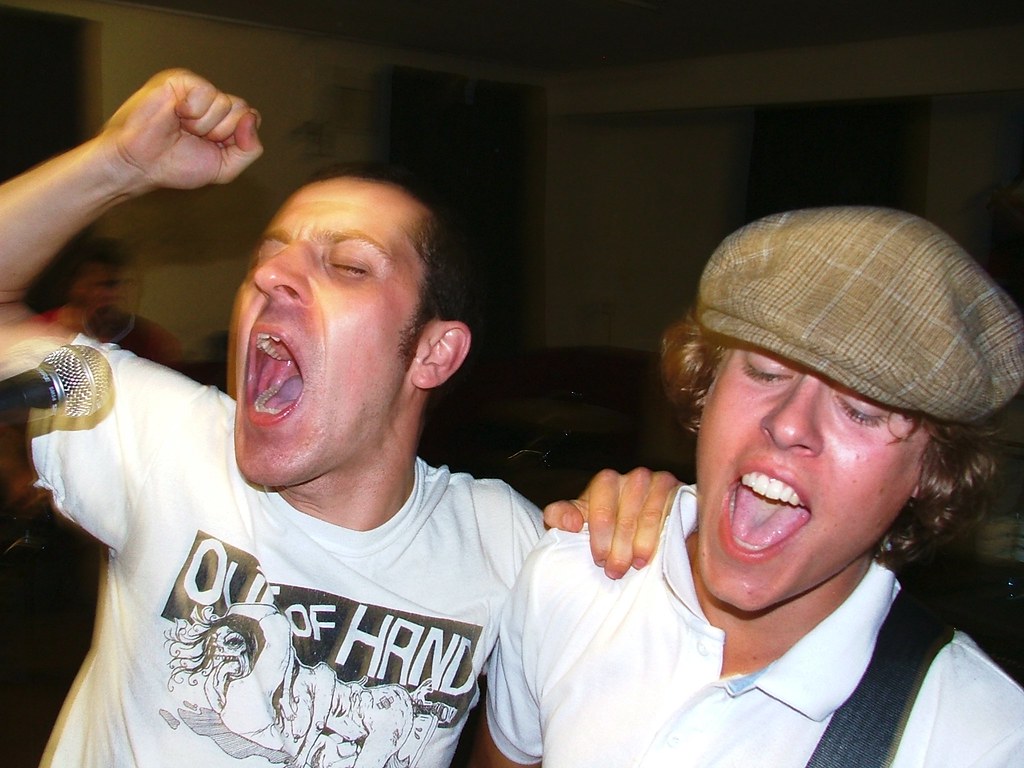
6. Biff Tannen (Back to the Future, 1985)
Let’s shift gears to Hill Valley, 1985, and talk about everyone’s favorite perpetually angry antagonist: Biff Tannen from ‘Back to the Future.’ He’s often seen as nothing more than a thuggish bully with a truly unfortunate haircut. But what if we told you Biff was just a go-getter, an opportunist ahead of his time, with a very poor moral compass? He certainly had ambition!
Biff, the quintessential bully of Hill Valley, was, in fact, more than just a tough guy with a penchant for manure. When he, by sheer luck (or perhaps destiny?), got his hands on that infamous sports almanac from the future, he didn’t just see a book of numbers. He saw an incredible, once-in-a-lifetime opportunity to genuinely make his life better. And who among us hasn’t dreamed of a little future knowledge for personal gain?
Sure, young Biff was, without a doubt, a total jerk. But consider older Biff in ‘Back to the Future Part II’: he was simply using the immense power of time travel to get rich. And let’s be honest, that’s something many, *many* people would jump at the chance to do, given the exact same opportunity. The context even dares to ask: if Marty McFly had found that almanac first, would he have truly acted all that differently? It’s a question worth pondering!
In the high-stakes game of life, Biff Tannen was, in his own crude way, simply trying to gain an edge. His actions, while undoubtedly selfish and leading to an alternate, dystopian 1985, were ultimately a reflection of a very human desire for wealth and success. So, maybe he wasn’t a villain at all, but rather just a guy with some seriously big dreams, a bad temper, and an incredibly powerful, time-traveling sports almanac. He was just trying to win at life!
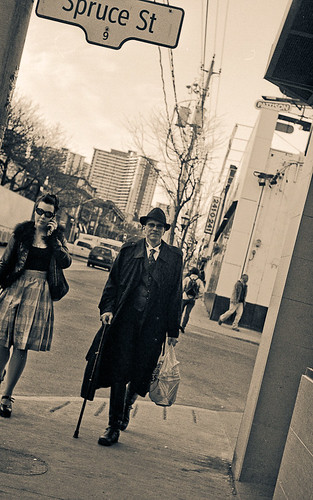
7. Judge Doom (Who Framed Roger Rabbit, 1988)
Alright, brace yourselves, because we’re about to delve into the truly terrifying, yet perhaps surprisingly pragmatic, mind of Judge Doom from ‘Who Framed Roger Rabbit’ (1988). This guy, played by the legendary Christopher Lloyd, is the stuff of nightmares, especially when he reveals his true Toon identity. But what if, deep down, he was just a frustrated city planner with extreme methods?
Judge Doom, with his chillingly menacing demeanor, harbored a rather unconventional vision for Los Angeles: he wanted to build freeways. While his absolutely dark and horrifying methods of eradicating Toons are certainly not something we’re endorsing, his core goal actually addressed a surprisingly real-world issue—traffic congestion. In a city where whimsical Toons were constantly causing chaos and general mayhem, Doom’s grand plan was to bring much-needed structure and order.
Yes, his approach was extreme, involving the terrifying ‘dip’ and a general disdain for anything cartoonish. However, the underlying motive behind his grand freeway scheme arguably had a practical aspect. Imagine trying to commute in a city where cars can sprout limbs and sing opera! Perhaps, in a world literally filled with whimsical unpredictability and cartoon physics, Judge Doom’s structured, albeit ruthless, vision could be seen as a very twisted form of urban planning.
So, when you peel back the layers of sheer terror and villainy, you might find that he wasn’t just a villain for villainy’s sake. He was, in a bizarre way, an innovator with an incredibly over-the-top and utterly terrifying execution. He might have been trying to make the city work, just in the most villainous way possible. Talk about extreme measures for infrastructure improvement, Toontown style!
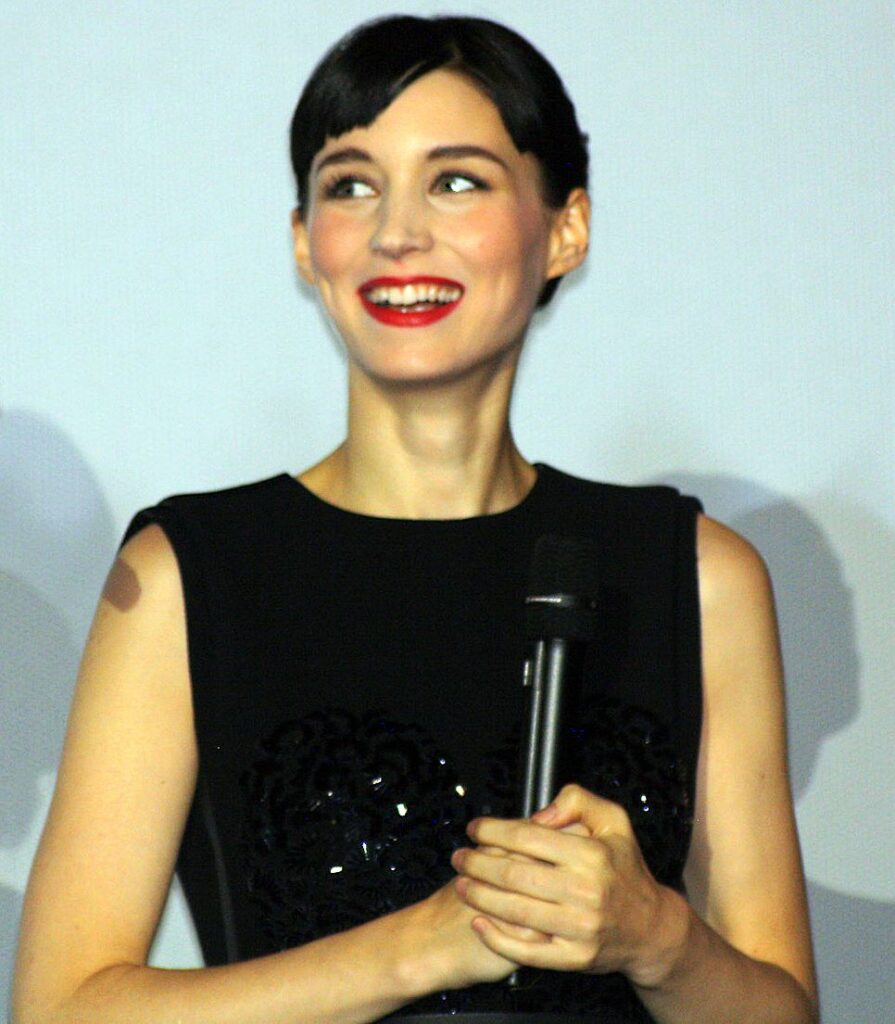
8. Ed Rooney (Ferris Bueller’s Day Off, 1986)
Alright, let’s flip the script and talk about the ultimate Buzzkill-in-Chief: Ed Rooney, the beleaguered principal from ‘Ferris Bueller’s Day Off’ (1986). We all remember him as the grumpy adult trying to spoil Ferris’s epic skip day. But wasn’t he just a dedicated educator trying to, you know, do his job and maintain some semblance of order in a school full of, let’s be real, a lot of teenage shenanigans? Ferris might have been the hero, but Rooney was just trying to keep the educational ship afloat!
From Rooney’s perspective, Ferris Bueller wasn’t just a charming rogue; he was a master of truancy, a constant thorn in the side of anyone attempting to uphold school rules. Rooney’s relentless pursuit wasn’t about being evil; it was about maintaining order and enforcing accountability. He was trying to teach a lesson, even if his methods were a bit… let’s say, ‘enthusiastic’ and prone to comedic failure. Can you really blame a principal for wanting students to actually *be* in school?
Yes, Rooney was a bit obsessive, and his elaborate attempts to catch Ferris often backfired in hilariously humiliating ways. But deep down, his intentions were to guide students toward a path of respect and responsibility. In a world where rule-breakers often get a pass, Rooney’s struggle to rein in Ferris was a reflection of the very real challenges educators face every single day. He wasn’t the villain; he was just a guy trying to bring a semblance of order to a chaotic school, and honestly, we’ve all had days like that, haven’t we?
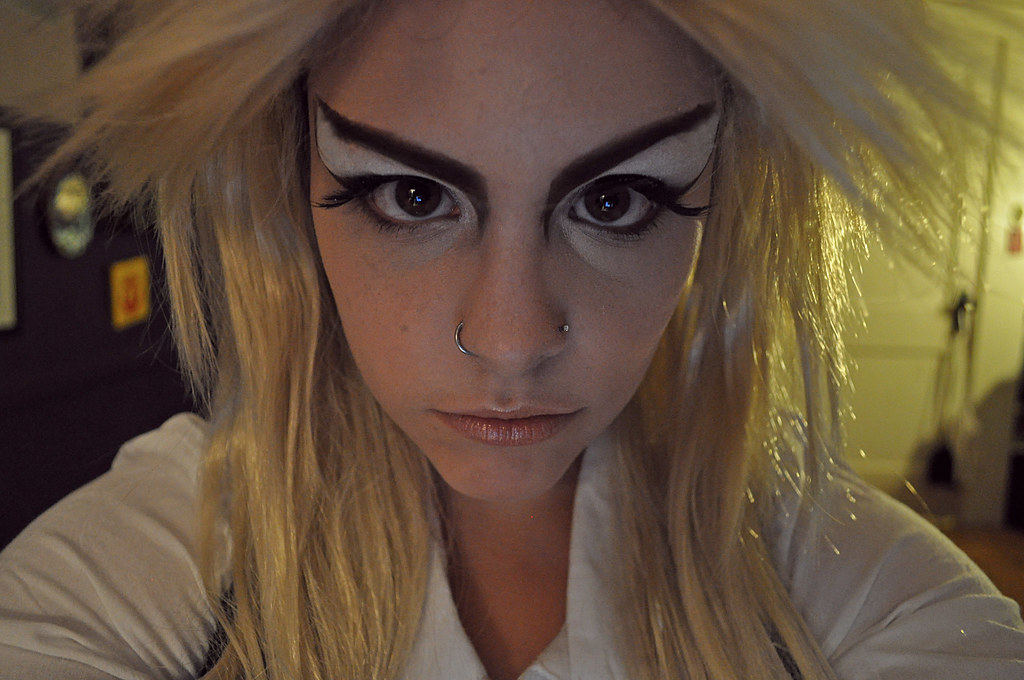
9. The Goblin King (Labyrinth, 1986)
Prepare for some serious glam rock, because next up is the one and only Goblin King from ‘Labyrinth’ (1986), brought to life by the legendary David Bowie! He’s often seen as the villain who kidnapped baby Toby and forced Sarah to navigate his fantastical, glitter-filled maze. But let’s pause for a moment: was he really *that* bad, or just an enigmatic ruler giving a bratty teenager an incredible, life-changing adventure?
The Goblin King, with his unforgettable songs and mesmerizing charm, offered Sarah an unparalleled opportunity to embrace a magical world, to even rule alongside him! Her task to solve the labyrinth was straightforward, yet she often made it harder than it needed to be. Maybe, just maybe, the King wasn’t trying to be malicious; he was simply challenging Sarah to grow up and discover the power within herself, all while offering her a pretty sweet deal.
The Goblin King was more of a misunderstood, fantastical figure, offering Sarah a profound choice: stay and rule in a vibrant, magical kingdom, or go back to her mundane reality. He wasn’t evil; he just had a grand vision for his kingdom and perhaps saw Sarah as a potential partner in magic. So, the next time you watch ‘Labyrinth,’ ask yourself: was he truly a villain, or just the most stylish mentor a teenager could ever wish for, urging her to seize a fantastical destiny?
Read more about: Beyond Basic: 10 Rad ’80s Movies Only the Cool Kids Still Rave About (Seriously, Rewatch These Classics!)

10. Ivan Drago (Rocky IV, 1985)
Cue the intense synth music, because we’re talking about Ivan Drago from ‘Rocky IV’ (1985). This guy was portrayed as the ultimate Soviet machine, a cold, brutal, seemingly emotionless fighter designed to be unbeatable. But hold on a second! Was he truly an inherently evil antagonist, or was he a product of his environment, a man molded by his country’s ideals and immense national pressure?
Drago’s cold demeanor and brutal fighting style weren’t born of personal malice; they were a direct result of intense training, state-sponsored propaganda, and the overwhelming expectations of a nation. He was a symbol of his country, representing an entire ideology in the ring. He wasn’t fueled by a personal vendetta against Rocky; he was doing what he was programmed to do, a pawn in a much larger geopolitical chess match.
Interestingly, as the fight with Rocky wears on, you can see a flicker of humanity, a questioning in his eyes. He begins to challenge his own allegiance and identity, moving from a mere tool of the state to an individual seeking personal freedom and recognition beyond the system. His journey wasn’t just about winning a boxing match; it was a powerful, unspoken narrative about human growth and breaking free from oppressive expectations. Maybe he wasn’t just a villain, but a victim of circumstance, striving for something beyond the ring.
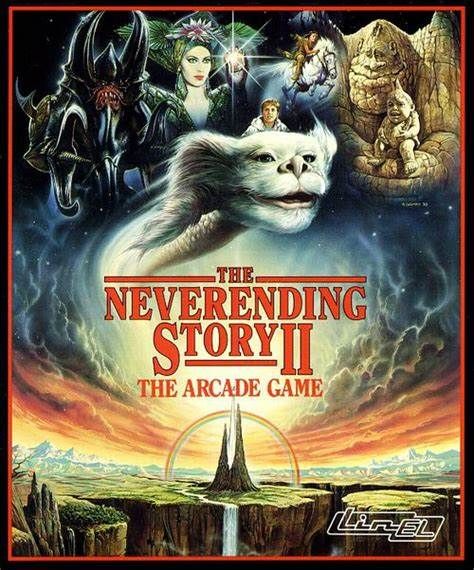
11. The Nothing (The NeverEnding Story, 1984)
Let’s get a little philosophical with our next ‘villain’ – or rather, anti-villain: The Nothing from ‘The NeverEnding Story’ (1984). This isn’t your typical bad guy with a sinister laugh and an evil lair. Instead, The Nothing is a terrifying void, relentlessly consuming the magical realm of Fantasia. But here’s the kicker: it’s not truly evil, is it? It’s a powerful metaphor for apathy, forgetfulness, and the heartbreaking loss of human imagination.
Rather than an active, destructive force, The Nothing is the manifestation of a world slowly but surely losing its dreams, its wonder, and its boundless creativity. It doesn’t actively *do* anything; it simply *is* the absence of everything. It feeds on disbelief and forgotten stories, representing what happens when we abandon our inner child and stop engaging with the magic of storytelling and invention. Talk about a villain that hits you right in the feels!
Ultimately, The Nothing isn’t the enemy to be defeated by a sword; it’s a profound call to action for every single one of us to keep dreaming, to keep reading, and to keep imagining. Without our collective dreams and stories, the world becomes a barren, empty place, much like Fantasia almost did. So, the next time you feel a bit jaded, remember The Nothing: it’s not just a movie monster, it’s a powerful reminder that our imaginations are literally what keep the world alive. Pretty deep for an ’80s kids’ movie, right?
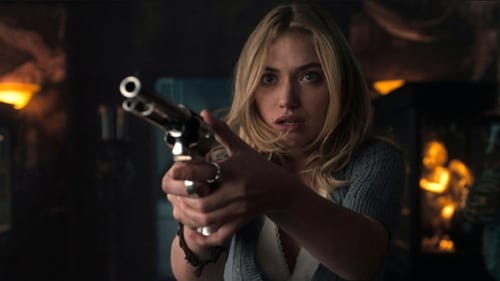
12. Evil Ed (Fright Night, 1985)
Time to get spooky with our next misunderstood character: Evil Ed from ‘Fright Night’ (1985)! This guy starts out as Charley Brewster’s quirky, horror-obsessed friend, but after a nasty encounter with a vampire, he undergoes a terrifying transformation. We see him as a monstrous creature, but what if his transformation was really about finding empowerment and belonging in a world that constantly rejected him?
Evil Ed was, without a doubt, a bullied outcast. He was the kid who always got picked on, marginalized by his peers, and probably felt invisible. His transformation into a creature of the night, while horrifying, granted him immense power, strength, and a twisted form of confidence he never had as a human. Can you truly blame someone for taking an offer that promises an end to their suffering and gives them the ability to stand up for themselves, even if it comes with fangs and a thirst for blood?
His journey, though dark and gruesome, was fundamentally about finding acceptance and power in a world that had always rejected him. He wasn’t just a villain for villainy’s sake; he was a young man seeking belonging and self-worth in the only, albeit monstrous, way he knew how. It makes you wonder, doesn’t it? If he had been accepted and loved as a human, would he have ever become ‘Evil Ed’ at all? Food for thought!
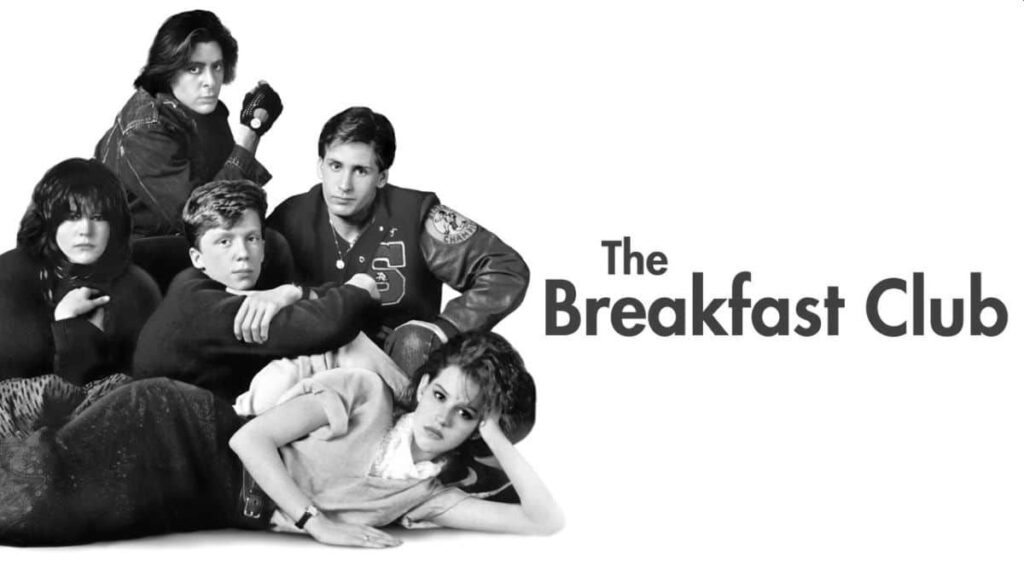
13. Principal Vernon (The Breakfast Club, 1985)
Okay, let’s revisit the hallowed halls of high school detention, because our next ‘villain’ is none other than Principal Vernon from ‘The Breakfast Club’ (1985). He’s the gruff, seemingly inflexible authority figure who torments our beloved group of misfits during their Saturday detention. But, *gasp*, what if he wasn’t just a power-tripping principal, but a man desperately trying to manage a group of wildly rebellious teens, all while dealing with his own existential crisis?
Vernon’s methods were definitely strict, and his approach to teenage angst was about as subtle as a sledgehammer. However, his core intentions, when you strip away the bluster, were to guide these students toward a path of respect and responsibility. In a school overflowing with teenage chaos, drama, and hormones, Vernon was simply trying to enforce some semblance of order and prepare these kids for the real world. It’s a tough job, and someone’s gotta do it!
Though often seen as the primary antagonist, Vernon’s struggle to maintain control was a surprisingly raw reflection of the challenges educators face daily. He wasn’t evil; he was just a flawed individual enforcing the rules, hoping, in his own gruff way, to make a positive difference in these kids’ lives—even if he completely botched the delivery. Maybe he was just trying to connect, but had absolutely no idea how. Plus, dealing with five incredibly different and opinionated teenagers on a Saturday? That’s a special kind of hell for anyone, hero or ‘villain.’
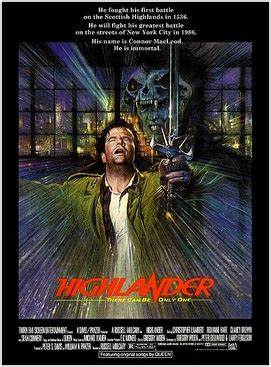
14. The Kurgan (Highlander, 1986)
Get ready for some head-rolling action, because we’re diving into the world of ‘Highlander’ (1986) to discuss The Kurgan! This guy is the epitome of ruthless, an ancient immortal warrior who hunts down others of his kind with savage glee, all to be the last one standing in “The Game.” He’s undeniably terrifying and brutal, but was he truly evil, or simply the most dedicated, unyielding competitor in the ultimate fight for survival?
The Kurgan’s drive wasn’t about some grand, evil master plan; it was about the fundamental, primal instinct to survive and to win. In a world where the mantra is literally “There can be only one,” his actions, while horrific, were simply part of the brutal, zero-sum game that immortals are forced to play. He lived by the rules of this deadly competition, and his ferocity was a testament to his sheer will to endure.
He was a warrior through and through, a force of nature shaped by centuries of combat. His story isn’t one of pure malice, but of an unyielding instinct to endure and emerge victorious. The Kurgan wasn’t just a villain; he was a living, breathing embodiment of the lengths one would go to survive when faced with an inescapable, deadly destiny. When your very existence depends on chopping off heads, you tend to get a little… intense, right?

15. Cameron’s Dad (Ferris Bueller’s Day Off, 1986)
And finally, for a villain that’s more felt than seen, let’s talk about Cameron’s Dad from ‘Ferris Bueller’s Day Off’ (1986). He never appears on screen, but his presence looms large, a suffocating force that impacts Cameron’s every move, culminating in the destruction of his prized Ferrari. Was he a villain, or just a hardworking father whose accomplishments inadvertently crushed his son’s spirit?
Cameron’s intense fear of his father was rooted in immense expectation, the pressure to maintain perfection, and a perceived lack of connection. The Ferrari wasn’t just a car; it was a symbol of his father’s hard work, success, and possibly, his love. When Ferris trashed it, it was more than just a joyride gone wrong—it was a symbolic act of rebellion against an overwhelming, uncommunicated burden. If only there had been more dialogue instead of silence, perhaps things might have been different.
In the world of Ferris Bueller, Cameron’s Dad wasn’t a villain in the traditional sense, but rather a complex, unseen force. He was a father trying to provide for his family and share his achievements with his son, but his method created a deep chasm between them. His story, though subtle, powerfully underscores the importance of dialogue, understanding, and emotional connection over material possessions. Maybe he was just trying his best, in his own misguided, high-pressure way, and we were all too busy cheering for Ferris to notice.
Whew! What a wild ride through the not-so-black-and-white world of ’80s movie villains! It turns out that those characters we loved to hate, those formidable antagonists who fueled our childhood nightmares (and sometimes our daydreams), might have been a whole lot more complex than we ever gave them credit for. From cyborgs just doing their job to ambitious principals on a mission, and even a philosophical void that just wanted us to dream, the villains of the ’80s taught us more than just how to root for the good guy.
So, the next time you rewatch one of these classics, hit pause, grab your popcorn, and take a moment to peer into the shadowy corners of these characters’ motivations. You might just find yourself nodding along with their twisted logic, or even—dare we say it?—cheering them on. Because sometimes, the true heroes are the ones who make us think, even if they’re wearing a skull mask or trying to build a freeway through Toontown. Here’s to the ’80s villains, the real MVPs of cinematic complexity!


